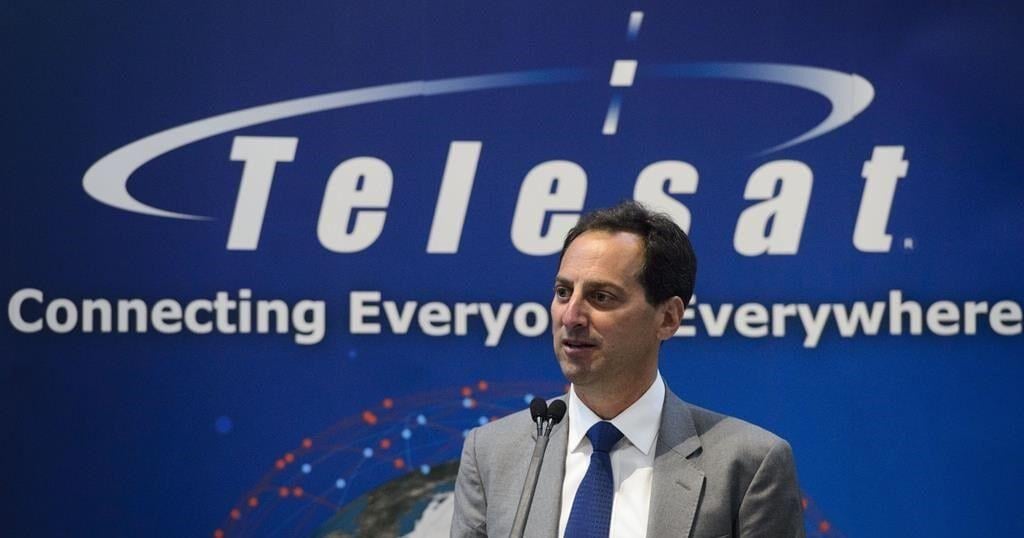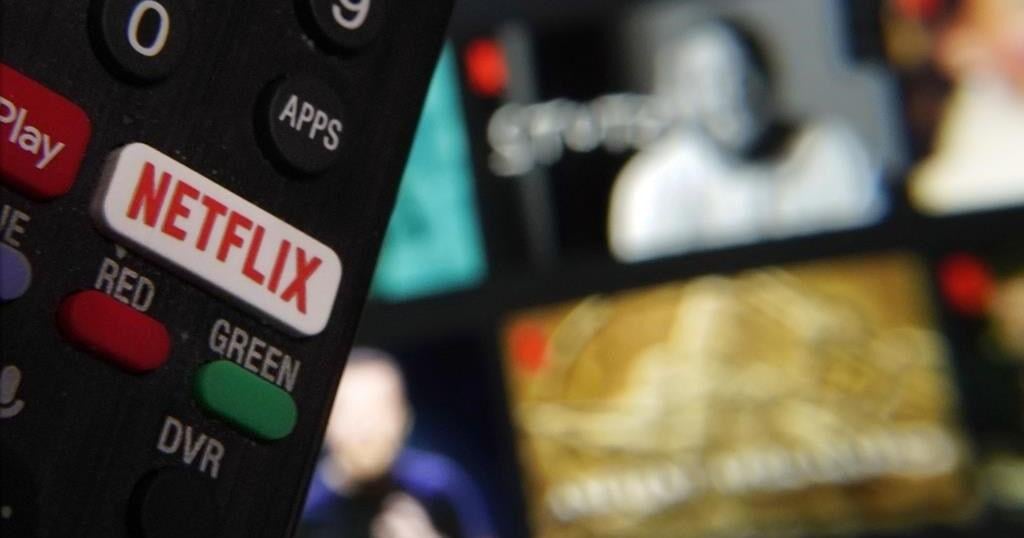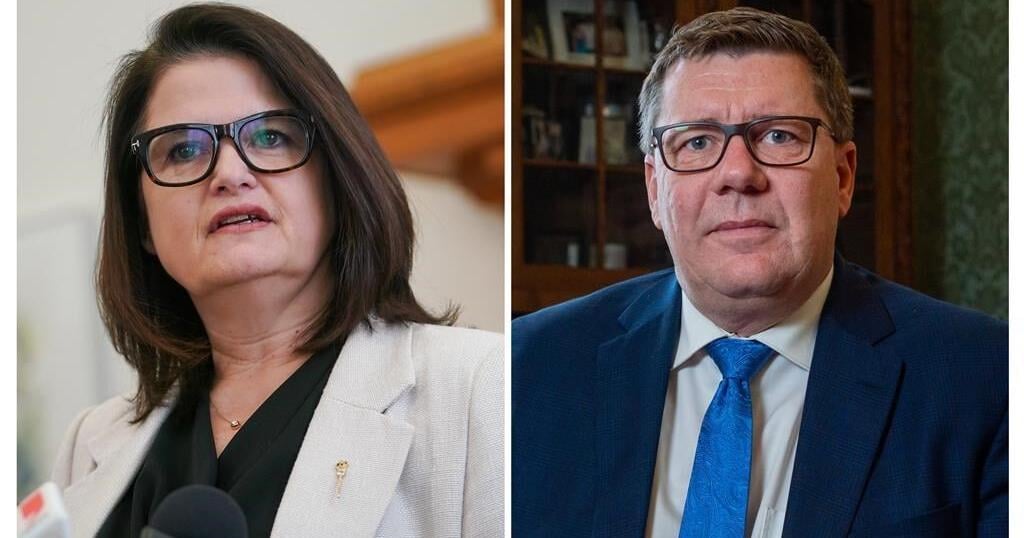OTTAWA – A $2.14-billion federal loan for an Ottawa-based satellite operator has Canadian politicians arguing about whether American billionaire Elon Musk poses a national security risk.
The fight involves internet connectivity in remote regions as Canada tries to live up to its promise to connect every Canadian household to high-speed internet by 2030.
Telesat CEO Dan Goldberg said “there appear to be some misunderstandings” about the nature of his company’s deal with the government.
A week ago, the Liberal government announced the loan to Telesat, which is launching a constellation of low Earth orbit satellites that will be able to connect the most remote areas of the country to broadband internet.
Conservative MP Michael Barrett objected to the price tag, asking Musk in a social media post how much it would cost to provide his Starlink to every Canadian household that does not have high-speed access.
“Less than half that amount,” Musk responded, prompting Barrett to conclude: “That sounds like a common-sense solution for Canada to me.”
In an interview, Goldberg rejected the comparison because his company received a loan, not a grant.
Telesat will pay the government nine per cent interest. The Quebec government is also loaning $400 million. In exchange, Telesat will give up around a 12 per cent equity stake in the company to the two governments.
“No one asked Elon, ‘Do you want a $2-billion loan from the government of Canada at a nine per cent interest rate and give up 10 per cent of Starlink?'” he said. “I think there would have been a very different response.”
He noted that a portion of the loan will actually end up going to Musk’s SpaceX because Telesat uses the company to launch satellites.
A spokesperson for Innovation Canada said the new loan replaces a previous $1.44-billion loan announced in 2021, which did not go ahead. The government is maintaining its commitment to spend $600 million to buy internet capacity once the system is operational.
The Liberal government has a years-long initiative to ensure all Canadian households are connected to high-speed internet, with the goal of getting to 98 per cent in 2026 and 100 per cent by 2030.
The last communities are the most challenging because they rely on satellite service. Traditional satellite internet, which uses a geostationary satellite higher up in orbit, has limitations.
Newer-generation low Earth orbit satellite systems, like the one being launched by Telesat and those used by Musk’s Starlink, use many satellites that circulate closer to Earth and can offer high-speed internet without the same issues.
Telesat’s launch plans have already been delayed by years. Goldberg said those delays, some of which were related to challenges around COVID-19, are “in the rear view” and the company plans to be fully in service with global coverage by the end of 2027.
Starlink’s coverage map shows service as available in Canada, though its parent company didn’t answer questions about service availability in the country’s most remote areas.
After Barrett’s exchange with Musk, Innovation Minister François-Philippe Champagne accused the Conservatives of wanting to “sell out our national security.”
“When you are in the farther north, you need a reliable network, and you need sovereignty and resiliency in the network. So to suggest otherwise to me is a bit crazy.”
He said Telesat would design and manufacture the system in Canada.
“That’s the kind of sovereignty and resiliency that we want to see, especially when you’re talking about critical military infrastructure that we need also for the defence of the North.”
In a statement, the Conservatives stuck to their argument that Musk would be a better bet. Industry critic Rick Perkins said “there’s an established, available platform that can provide high-speed internet today, and it wouldn’t require billions of taxpayer dollars going into the pockets of Liberal-connected insiders.”
The Conservatives also tried to connect the contract to former Bank of Canada governor Mark Carney, who was appointed as an economic adviser to the Liberals on Sept. 9, four days before the Telesat loan was announced.
Deputy Conservative leader Melissa Lantsman said in the House this week that Carney’s “close friend, the CEO of Telesat, got more than two billion of Canadians’ tax dollars to build a broadband network that other firms could have built for half that price.”
Goldberg confirmed Carney is a friend but said “he had absolutely nothing” to do with the loans.
In announcing the loan, the Prime Minister’s Office said Telesat would provide capacity to the defence industry and support NATO and Norad modernization.
Goldberg said the agreement doesn’t include specifics about using the system for defence. He said Telesat’s constellation can be a “key enabler” for Norad modernization.
In 2022, the Liberal government outlined a $38.6-billion plan to modernize the joint aerospace warning system for Canada and the U.S.
Musk has become an increasingly controversial and political figure in recent years, particularly since he bought the social media platform Twitter, which he renamed X. He has used his large reach to share false information.
In the last week alone, Musk shared a false report that explosives were found near a Donald Trump rally; warned that “unless Trump is elected, America will fall to tyranny”; and questioned why nobody was trying to assassinate President Joe Biden or Vice-President Kamala Harris, after a failed assassination attempt on Trump.
Goldberg suggested there are good reasons to keep such a contract with a Canadian company.
“Space is a highly strategic sector, it’s very capital-intensive. If you look around the world, governments are routinely partnering with their domestic operators,” Goldberg said.
Erik Bohlin, the chair in telecommunication economics, policy and regulation at the Ivey School of Business, noted there have always been some restrictions around foreign ownership in telecoms, including in Canada, but the satellite space is “a new field where so many things are happening.”
Adam Lajeunesse, an associate professor at St. Francis Xavier University focusing on Arctic and maritime security, said the government has some legitimate arguments when it comes to Arctic defence and national security.
He said there’s no reason to doubt that Starlink could meet the Canadian Armed Forces’ needs today, but it’s important to look at what may happen with the company in a decade or two.
“Strategic communications is simply vital for all safety, security, defence activities across the North, not to mention civilian activities,” he said. “Having one supplier, particularly when that one supplier is outside of the government’s control, is a dangerous situation to have.”
James Fergusson, a senior research fellow at the Centre for Defence and Security Studies at the University of Manitoba, said Musk is “a Trump guy” who has “said things which conflict with American foreign policy as it now exists.”
But he pointed out the U.S. Defence Department uses SpaceX, Starlink’s parent company.
“To the Americans, he’s not a security problem.”
This report by The Canadian Press was first published Sept. 21, 2024.

























